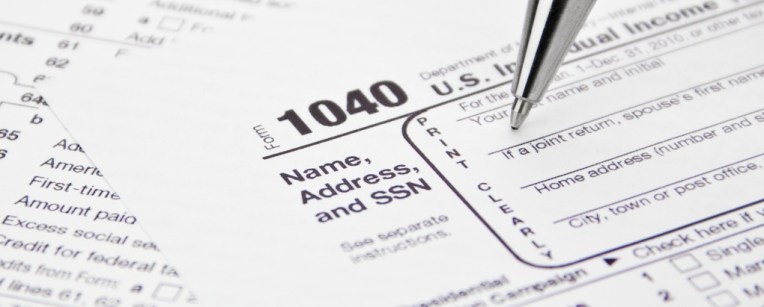Stablecoins are here to stay, but will they see wider adoption? – TechCrunch
Stablecoins, by definition, are meant to be stable. But the growth of their total supply in the past year has shown anything but stability, which some market participants believe signals a long-term path for more success and innovation of existing stablecoins.
“I think we’re seeing this Cambrian moment for stablecoins,” Marco Santori, chief legal officer at Kraken Digital Asset Exchange, said to TechCrunch. “They’ve really come into their own, in terms of finding a foothold in the market.”
Stablecoins circulating on public blockchains have seen massive demand and scale, with the supply of fiat-backed, crypto-backed, and algorithmic stablecoins totaling more than $180 billion as of April 26, up 112% from $85 billion on the year-ago date, according to data compiled by The Block.
There have been discussions among government bodies, the private sector, and institutional players on how this asset subclass can continue to expand inside its current use cases — and perhaps unlock more in time.
Despite increasing focus on stablecoins, a range of issues has also been raised by skeptics concerned with the stability of their pegs and consumer protection, among other elements, according to a January 2022 report from the U.S. Federal Reserve.
Through a 1:1 ratio, the value of a stablecoin is fixed to an external peg like the U.S. dollar, but can also be tied to other assets, as stablecoin contender US Terra (UST) is to bitcoin and Avalanche (AVAX). Simply, every stablecoin in circulation is backed up by $1 equivalent of its relative reserve, whether it be a U.S. dollar or another asset.
While the majority of stablecoins are backed by the U.S. dollar, crypto-backed and algorithmic stablecoin supplies have skyrocketed 255% from $9.6 billion to $34.09 billion over the past year, data from The Block showed.
Algorithmic stablecoins have been getting more attention recently because, unlike stablecoins backed by fiat currencies or another cryptocurrency, they are backed by computer code, or algorithms, that give traders incentives to maintain their price by burning or creating tokens to keep the token stable. UST is the largest crypto-backed and algorithmic stablecoin by market capitalization, and the third-largest stablecoin overall, according to CoinMarketCap data.
“Algorithmic stablecoins are fast becoming the norm — protocol-issued dollars coming to every blockchain,” Do Kwon, the founder of Terraform Labs, which created the crypto tokens LUNA and UST, said in a tweet on April 21. “Detractors cannot see — currencies are ultimately backed by the economies that use them, and the future is clearly opting to use decentralized and self-sovereign stablecoin.”
But not everyone is a fan of stablecoins because they are a relatively new innovation that has the potential to boom – in two very different ways.





Pingback: mushroom dispensary denver
Pingback: go to the website